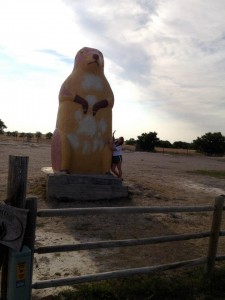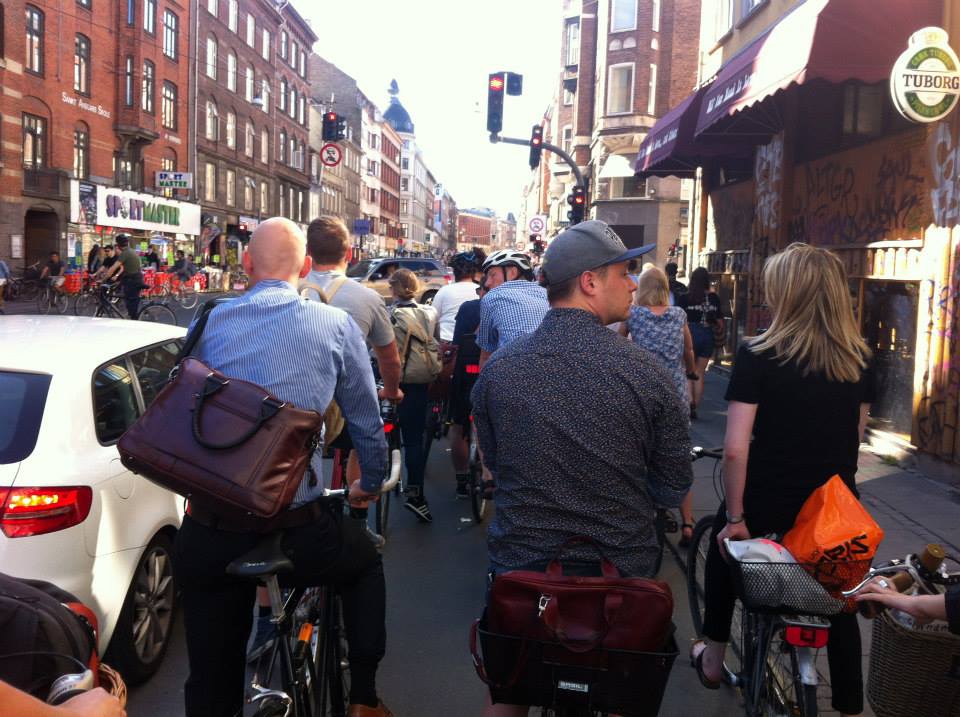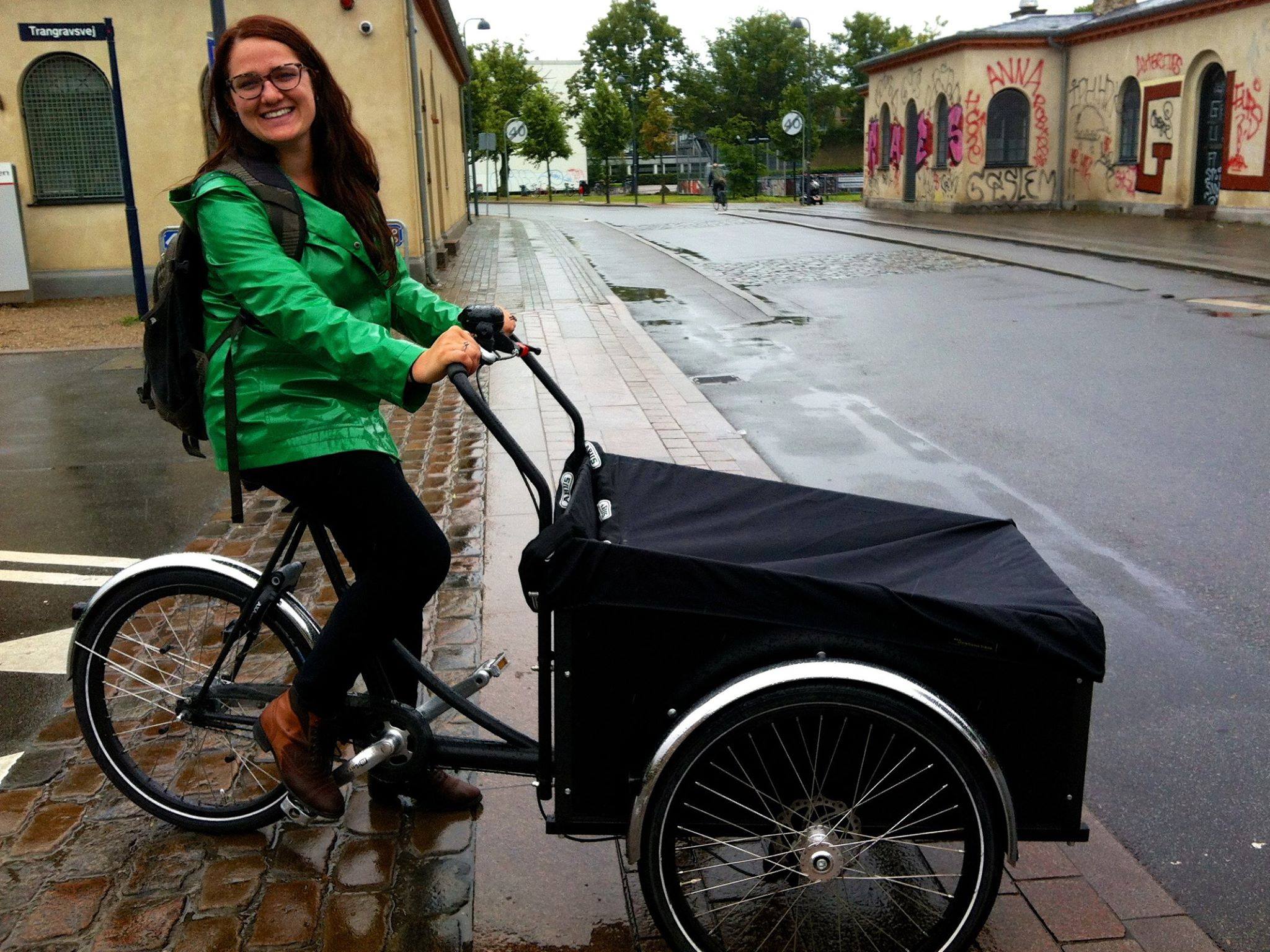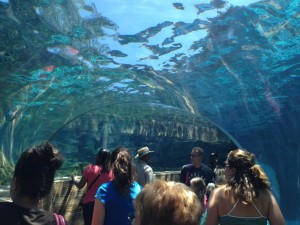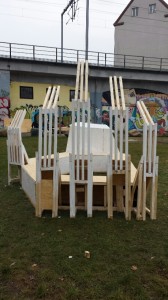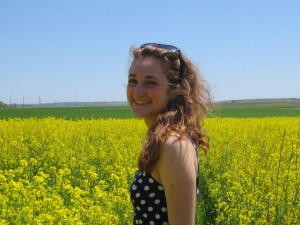creative placemaking: a process between user and landscape to develop a meaningful, engaging, and flexible space for any given user.
“The observer himself should play an active role in perceiving the work and have a creative part in developing his image. He should have the power to change that image to fit changing needs” (Lynch, 1960). As society continues to evolve and progress with rapid technological advances our landscapes are forced to fluctuate to match our ever-changing needs. Landscapes are dynamic, self- organizing systems to be preserved for the physical and mental sustainment of humanity (Ahern, 2012). Resilient landscapes are more capable to absorb the changing stressors we put on them while maintaining system functionality. The world continues to deplete resources at an increasingly unsustainable rate holding planners and designers responsible to develop a resilient process to reinvent cities beginning at the site scale using imageability as a catalyst for innovation.
